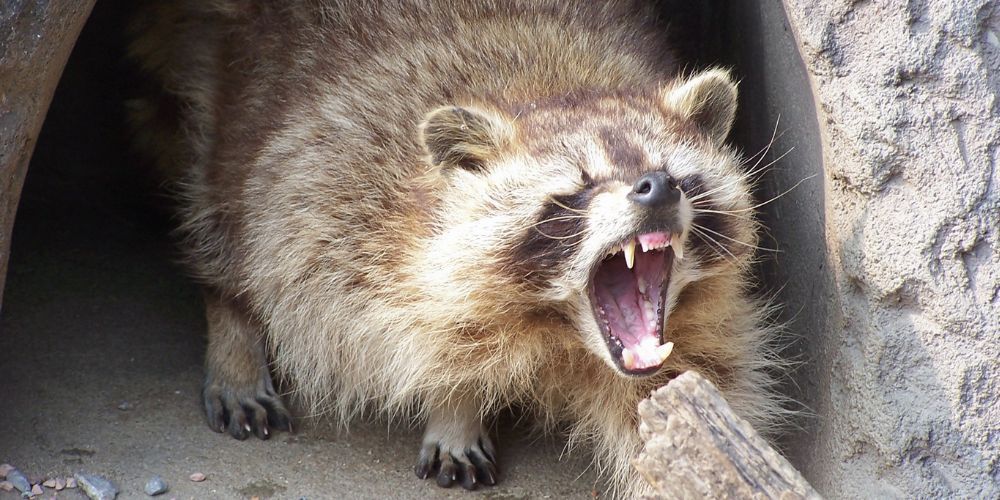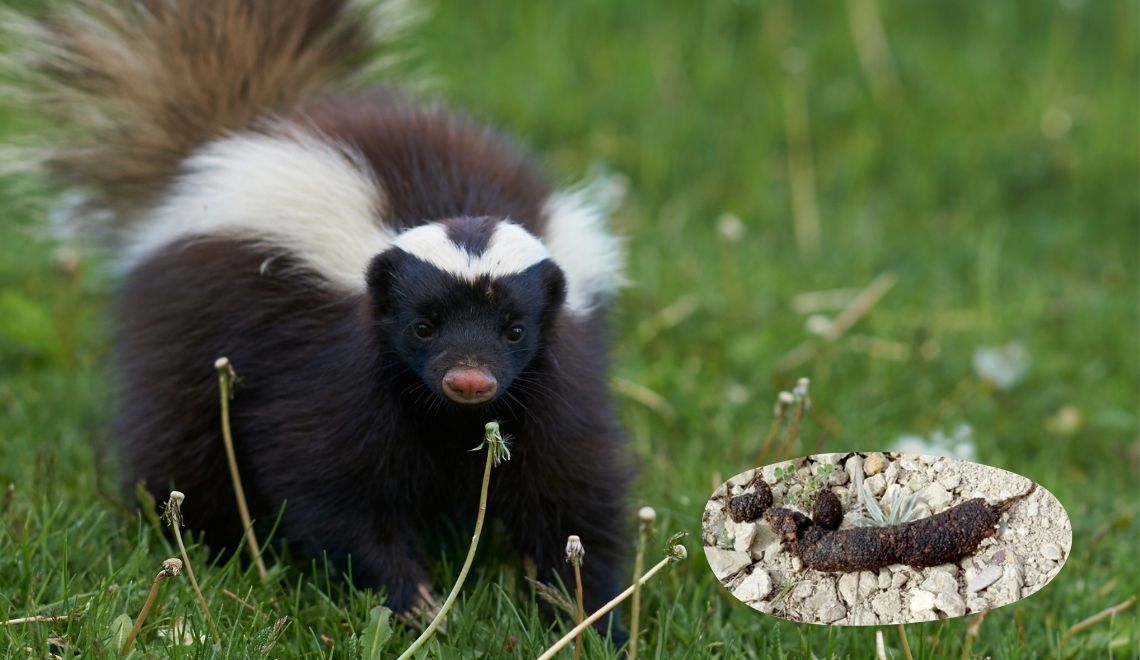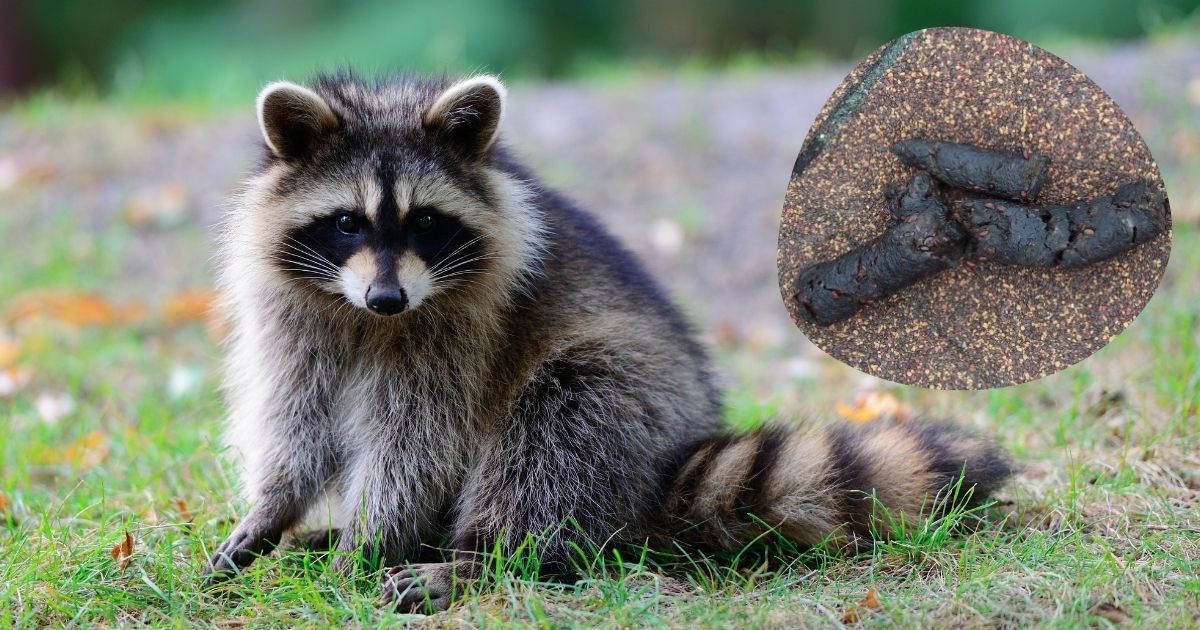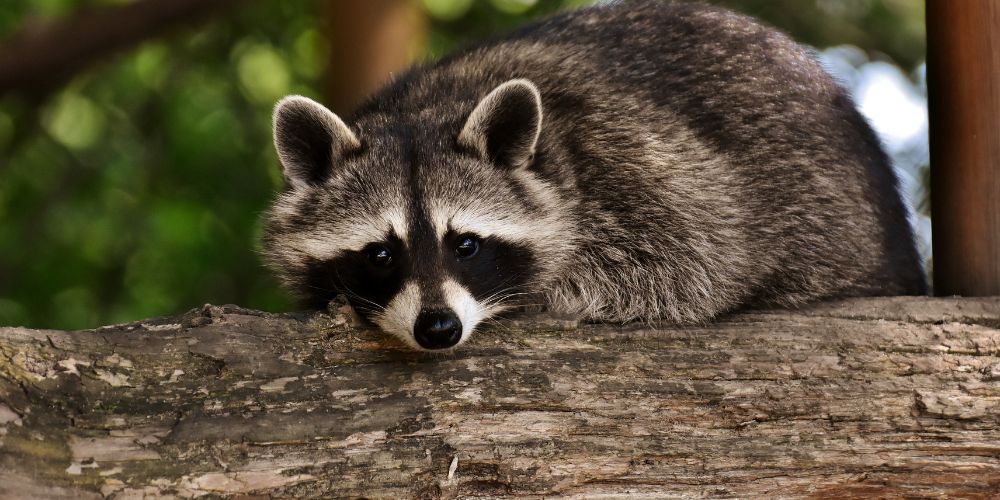Seven Important Raccoon Damage Prevention and Raccoon Control Methods
Raccoons are cute and seemingly harmless animals, but their activities could be destructive if not checked. On these popular nights, strolling animals knock over and rise through garbage cans, tear up lawns, and gain access to attics and basements. Therefore, effective raccoon control methods and strategies for preventing damage are essential in protecting homes and properties. The article spotlights seven imperative methods to prevent and control raccoon damage.
1. Habitat Modification
Habitat modification is one proactive method for controlling raccoons. It means modifying the environment to make it less attractive to them. It would include using raccoon-proof lids for waste containers or storing them in a safe area, eliminating food sources such as pet food, birdseed, and other possible attractants, and so on.
Cutting the trees and shrubs at a distance from your home prevents raccoons' access to your roof and eventually inside your attic. Moreover, cleaning up junk—including wood piles and piles of rocks or anything else they might use for cover—will also make your premises less hospitable for them. Doing these simple things will make you highly unlikely to attract raccoons to your property.
2. Exclusion
Exclusion involves blocking all the raccoons' entry points to access your building. It is an excellent method for preventing raccoon damage. First, inspect your house for entry holes such as a chimney, attic, vent, and roofing gaps. Seal off the holes and cracks with steel mesh, hardware cloth, and caulk. Chimney caps installed on chimneys provide sturdy caps that prevent raccoons from entering. Effective exclusion methods may prevent raccoons from gaining entry into places like attics or basements.
3. Frightening
Frightening devices can be used to repel raccoons from a space that can be designated. These strategies are non-lethal and safe. Motion-activated lights have the impact of scaring raccoons from sight. Noise-producing devices, such as motion-activated alarms or radios, would then create sounds that would shoot raccoons. Lastly, motion-activated sprinklers can deliver an innocent yet startling burst of water. While these methods might not offer a long-term solution, they work well in the short term.
4. Repellents and Cage Traps

Repellents and cage traps are both helpful in controlling raccoons. Chemical sprays and predator urines are good options for repellent over places where raccoons act. Cage traps are mainly used to catch and relocate raccoons. Choose the right size to make these cage traps effective, and bait them with marshmallows, fruits, or cat food to attract them. Place traps where the raccoons are most frequently seen. Once trapped, the raccoons can be relocated miles away from the property.
5. Shooting & Trapping
Final inspections would be done on the wildlife entries in the attic, basement, or crawl spaces. Seal off these holes, cracks, and crevices with wool, hardware mesh, or caulk. Make sure to have tight-fitting screens on the windows and seal off any holes around pipes and cables as they service your home. It is an excellent way to ensure that wildlife does not enter.
6. Body-gripping and Foothold Traps
The advanced forms of trapping used by professionals starring in raccoon capture removal are body-gripping and foothold traps. Only great care and skill are involved in handling these traps. The body-gripping traps catch the raccoon by the body and are usually set in water or on land. The foothold traps catch them by the foot and are ordinarily applied along with baits. Since they have the potential for harm, these traps should only be used by trained wildlife control specialists.
7. Pocket Sets and Species-specific Traps
Pocket sets and species-specific traps are tailored to raccoons' needs and behavior patterns. Pocket sets are primarily used in water, while species-specific traps target only raccoons, avoiding the capture of other wildlife. Pocket sets are small traps set in shallow water, catching raccoons. Species-specific traps are constructed to prevent the capture of non-targeted species. These approaches are very effective if properly applied by professionals.
Conclusion
Raccoon damage prevention and control require particular strategies. Habitat modification, exclusion, frightening devices, repellents, and trapping techniques can protect properties from raccoon damage.
Look only to Wildlife Control 360's professional services for comprehensive and professional wildlife raccoon removal. Their staff of skilled professionals helps ensure safe, humane, yet very effective raccoon removal from the attic or other areas.
Trust Wildlife Control 360 for all your raccoon control needs and enjoy peace of mind knowing your home is protected.
Cities We Serve
Contact Us Today
Contact Us
We will get back to you as soon as possible.
Please try again later.
Wildlife Control 360 specializes in the humane control and removal of wildlife like raccoons, bats, birds, rats, snakes, bees, skunks, foxes, gophers, and squirrels.
Service
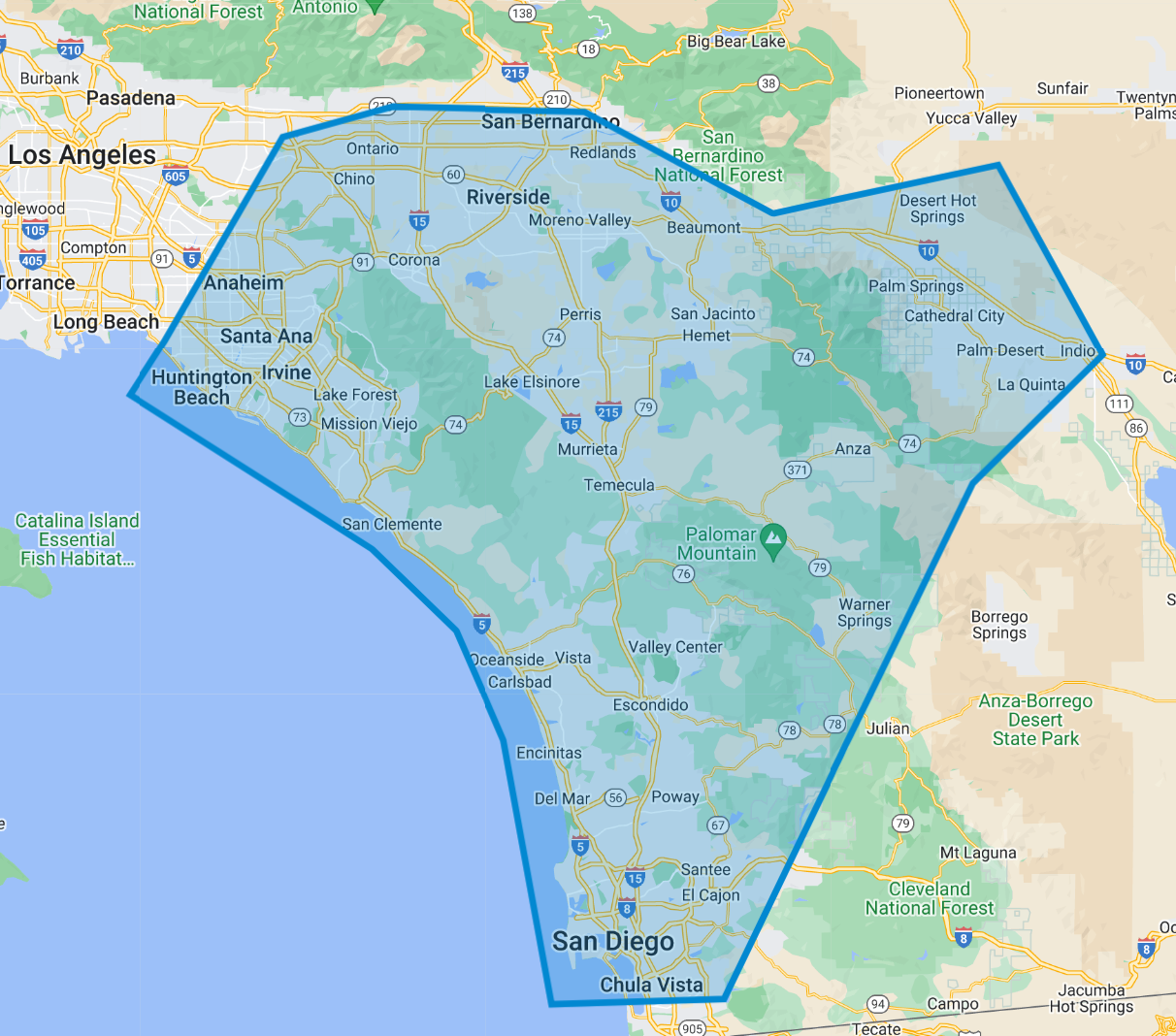
© 2024 All Rights Reserved | Wildlife Control 360

